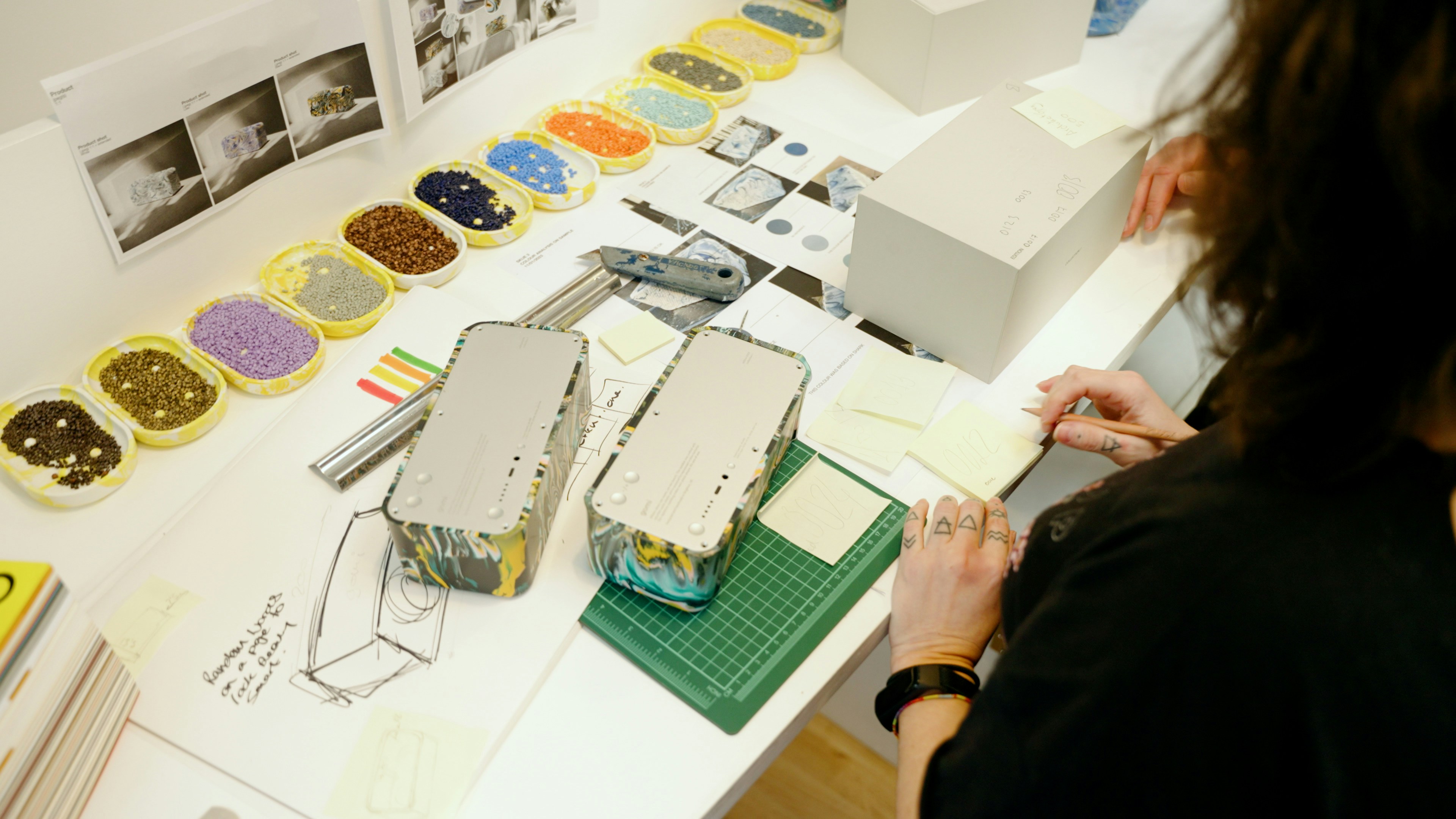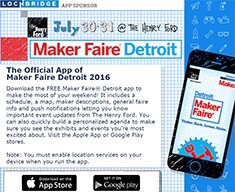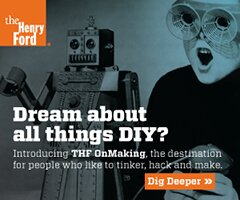In the rapidly evolving landscape of education, a fascinating trend is emerging that brings together the best of both worlds: traditional crafting skills and cutting-edge technology. This fusion, often referred to as "tech and craft fusion," is transforming classrooms into vibrant hubs of creativity and innovation. By integrating time-honored techniques with modern tools, educators are not only preserving the rich heritage of crafts but also preparing students for a future where technology and creativity go hand in hand.
The Revival of Traditional Crafts in Education
Traditional crafts such as woodworking, knitting, ceramics, and sewing have long been valued for their ability to teach patience, precision, and creativity. These skills foster a deep sense of accomplishment and provide a tangible connection to the past. However, in the digital age, these crafts risk being overshadowed by the allure of screens and gadgets.
According to makerfairedetroit.com, recognizing the importance of preserving these skills, educators are reintroducing traditional crafts into the curriculum. By doing so, they are offering students a hands-on, tactile experience that complements the digital skills they are acquiring. For instance, woodworking projects can teach students about geometry and physics, while knitting can enhance their understanding of patterns and sequences.
Integrating Modern Technology
The introduction of modern technology into traditional crafting is where the true magic happens. Tools such as 3D printers, laser cutters, and digital design software are revolutionizing the way crafts are taught and practiced. These technologies not only make crafting more accessible but also expand the possibilities of what can be created.
3D Printing
3D printers allow students to design and create intricate models and prototypes that would be impossible to achieve with traditional methods alone. For example, a student interested in jewelry making can design a piece on a computer and print it out in resin or metal. This process bridges the gap between digital design and physical creation, making it easier for students to bring their ideas to life.
Laser Cutting
Laser cutters can precisely cut or engrave materials such as wood, acrylic, and fabric. This technology enables students to create detailed and complex designs that would be difficult to achieve with hand tools. By combining laser cutting with traditional woodworking techniques, students can produce projects that are both innovative and rooted in craftsmanship.
Digital Design Software
Programs like Adobe Illustrator and AutoCAD provide students with powerful tools to design their projects digitally. These designs can then be used in conjunction with 3D printers and laser cutters. Learning to use these software programs equips students with valuable skills that are highly sought after in various industries.
Getting Help with PowerPoint Presentations
As students engage in tech and craft fusion projects, they often need to present their work to their peers, teachers, or even a broader audience. This is where the ability to create effective PowerPoint presentations becomes crucial. Students can >get help with PowerPoint presentations from online resources, tutorials, and even classmates who are proficient in using the software.
Creating a compelling PowerPoint presentation involves more than just putting text and images on slides. It requires careful planning, design skills, and an understanding of how to communicate ideas clearly and effectively. By learning how to create professional presentations, students can showcase their projects in the best possible light and gain valuable communication skills.
Educational Benefits of Tech and Craft Fusion
The fusion of traditional crafts and modern technology in education offers numerous benefits. Here are some key advantages:
Enhanced Creativity
Combining traditional and modern techniques encourages students to think outside the box. They learn to appreciate the value of craftsmanship while also exploring the limitless possibilities of technology. This blend fosters a culture of innovation and creativity.
Problem-Solving Skills
Crafting projects often present challenges that require critical thinking and problem-solving. When technology is integrated, these challenges become more complex, further enhancing students' ability to think critically and develop solutions.
Interdisciplinary Learning
Tech and craft fusion projects often involve multiple subjects such as math, science, art, and technology. This interdisciplinary approach helps students see the connections between different fields of study and understand how they can work together.
Hands-On Learning
Hands-on projects engage students in a way that traditional lectures cannot. They provide a sense of accomplishment and make learning more interactive and enjoyable.
Preparation for the Future
By learning both traditional and modern skills, students are better prepared for future careers. They gain a diverse skill set that includes both craftsmanship and technological proficiency, making them more versatile and adaptable in the workforce.
Practical Applications in the Classroom
Implementing tech and craft fusion in the classroom can be done through various projects and activities. Here are a few examples:
1. Digital Fabrication Lab: Set up a digital fabrication lab equipped with 3D printers, laser cutters, and CNC machines. Students can use these tools to create prototypes for engineering projects, design custom artwork, or build functional items.
2. Wearable Technology: Combine sewing and electronics to create wearable technology projects. Students can design and sew garments that incorporate LED lights, sensors, and other electronic components. This activity teaches both traditional sewing skills and basic electronics.
3. Interactive Art Installations: Encourage students to create interactive art installations using a combination of traditional art techniques and digital technology. For example, they could create a mural that incorporates projection mapping or build sculptures with embedded sensors that respond to touch.
4. Sustainable Crafting: Teach students about sustainability by incorporating recycled materials into their projects. They can use digital design software to create patterns for upcycled clothing or build furniture from reclaimed wood using both hand tools and laser cutters.
5. Collaborative Projects: Foster collaboration by having students work in groups on large-scale projects. They can combine their skills to design and build complex structures, such as a model city or an interactive exhibition. This approach promotes teamwork and allows students to learn from each other.
Conclusion
The fusion of traditional crafts and modern technology in education is an exciting development that offers countless opportunities for creativity, learning, and innovation. By blending the old with the new, educators can provide students with a well-rounded education that honors the past while preparing them for the future. Whether through hands-on projects, interdisciplinary learning, presenting maker news, or the creation of engaging presentations, tech and craft fusion is transforming the educational landscape in meaningful ways. Embracing this approach will not only enrich students' learning experiences but also equip them with the skills they need to thrive in a rapidly changing world.
Reputable sources:
Promethean World discusses how modern technology has evolved traditional teaching methods. This source highlights how tools like augmented reality, virtual reality, and educational software enhance student-teacher interaction and create immersive learning experiences .
Itopia emphasizes the benefits of balancing traditional teaching methods with technology integration. It explores how cloud technology can enhance the learning experience by offering personalized learning, access to vast resources, and real-time assessment, while maintaining essential human interactions and hands-on learning.
Stanford Report delves into the integration of AI and immersive technologies in education. It showcases how AI can automate tasks for teachers, allowing them to focus on more personalized teaching, and how immersive environments like virtual and augmented reality can create engaging learning experiences.








